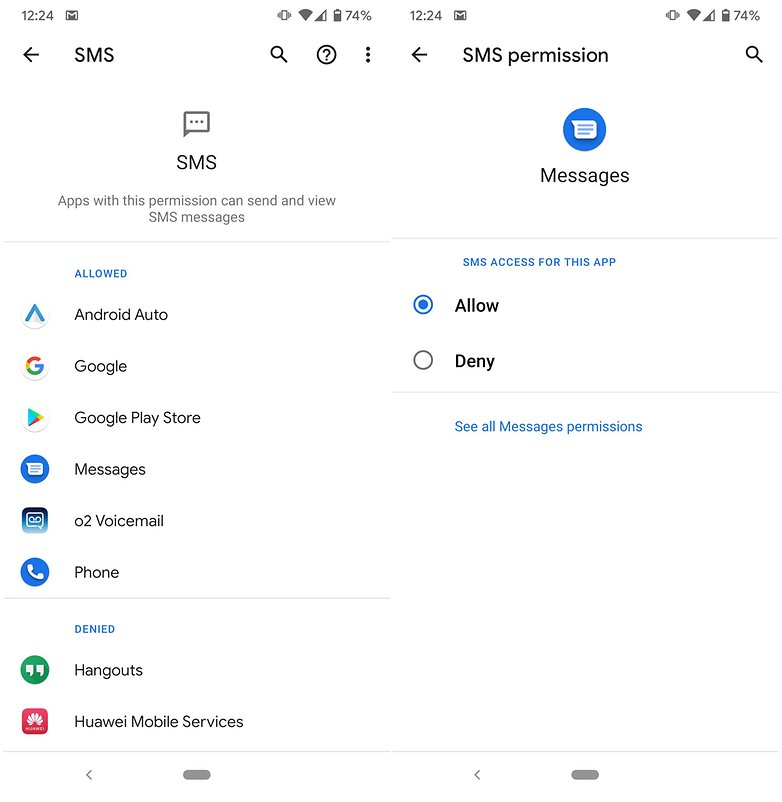


The app now has access to the specified resources for all users in your organization and no one else will be prompted to review the permissions.Īfter you accept the permissions, you'll see a message under Org-wide permissions on the app details page to let you know that consent was granted. A banner temporarily appears at the top of the page to let you know that the requested permissions have been granted for the app. If you agree with the permissions requested by the app, select Accept to grant consent. Carefully review the permissions requested by the app before you grant consent. Granting org-wide consent to an app allows the app to access your organization's data. On the Permissions tab, review the permissions requested by the app. This option isn't available to Teams service admins. Under Org-wide permissions, select Review permissions and consent. Doing this takes you to the Permissions tab of the app details page. Sort the Permissions column in descending order to find the app, and then select View details.

Search for the app you want, select the app name to go to the app details page, and then select the Permissions tab.In the left navigation of the Microsoft Teams admin center, go to Teams apps > Manage apps. To grant org-wide consent to an app, follow these steps: Also, admins don't have to grant consent for such apps. The link isn't available for apps provided by Microsoft. Keep in mind that this applies only to custom and third-party apps. You'll see a View details link for each app registered in Azure AD that has permissions that need consent. The Permissions column indicates whether an app has permissions that need consent. To learn more, see Permissions and consent in the Microsoft identity platform endpoint. Additionally, depending on the user's consent settings in Azure Active Directory (Azure AD), some users may not be allowed to grant consent to apps that access company data.Įxamples of permissions requested by apps include the ability to read information stored in a team, read a user's profile, and send an email on behalf of users. You do this so that users don't have to review and accept the permissions requested by the app when they start the app. If you're a global admin, you can review, and grant consent to apps that request permissions on behalf of all users in your organization. Here, you can also grant org-wide admin consent to apps that request permissions to access data and view resource-specific consent (RSC) permissions for apps. For example, you can see the org-level status and properties of apps, approve or upload new custom apps to your organization's app store, allow apps either at the organization's level or for individual end-users. You can manage custom apps created within your organization and available only to your end-users and manage the third-party available on Teams app store. Still, those changes have not gone far enough to silence privacy advocates, especially with regard to Facebook’s controversial Instant Personalization feature.Admins view and manage all Teams apps from the Manage apps page in the Teams admin center. This is definitely a step forward.Ī month ago, Facebook also made changes to its main privacy control panel that makes it easier to manage your settings (and turn off Facebook Platform entirely). Beyond that, users will be told in plain English exactly what private data they’re sharing, which can include things like your Email address, photos, and videos. As usual, applications will be able to access data that you’ve shared with ‘Everyone’ (which actually encompasses quite a bit of data these days). Now all data that an application wishes to access will be presented in a single dialog box.
#Facebook manage apps permissions series
Third-party Facebook applications have always had to ask users for permission to access their private data, but before now the dialogs were unspecific, and sometimes required users to click “Yes” to a series of boxes which could get confusing. The new dialog boxes were shown off at f8 in April. The change has been in the works for a long time: Facebook’s blog post notes that it was first announced back in August 2009 as a result of privacy concerns brought up by Canada’s Privacy Commissioner. Today, Facebook has announced the rollout of a new permissions model for third-party applications, mandating that apps specify exactly what data they wish to access (and giving users the ability to opt out if they wish to).


 0 kommentar(er)
0 kommentar(er)
